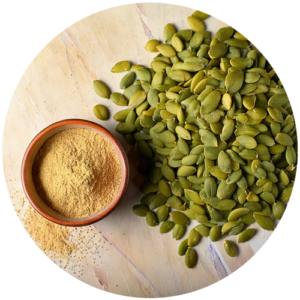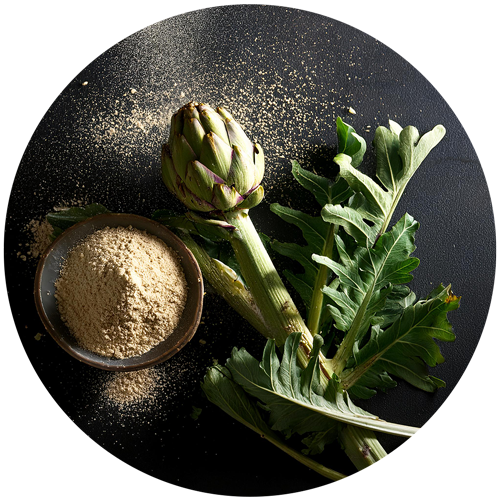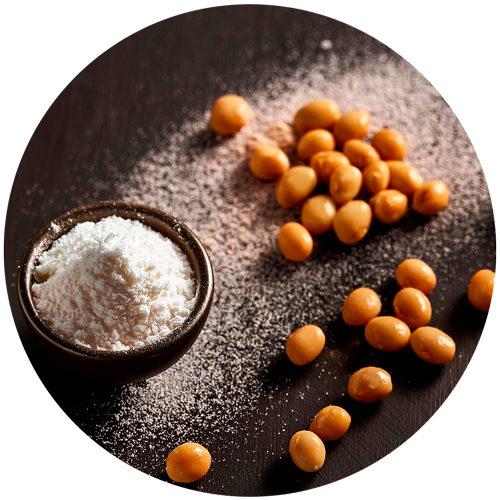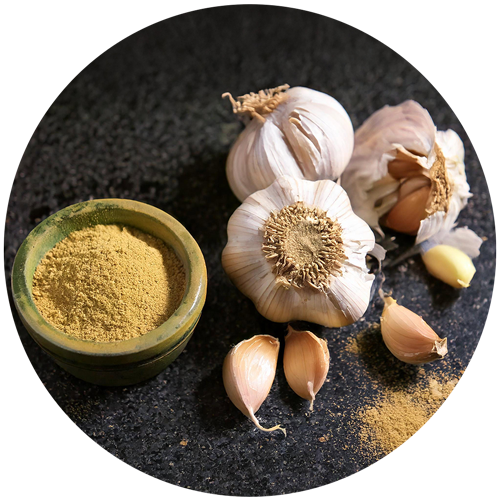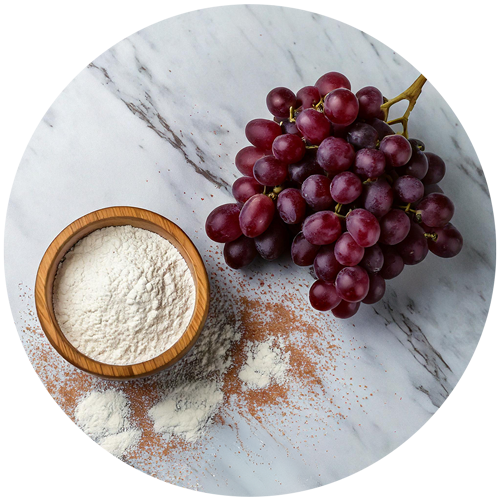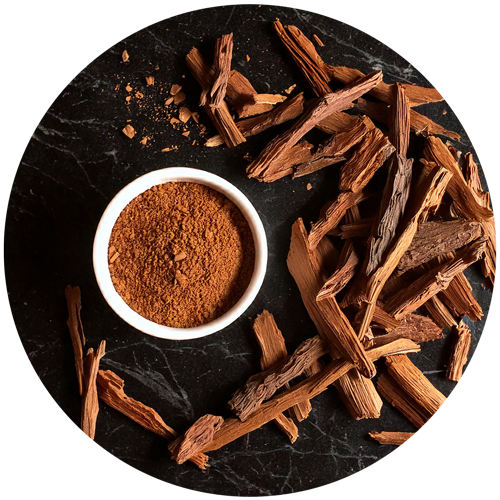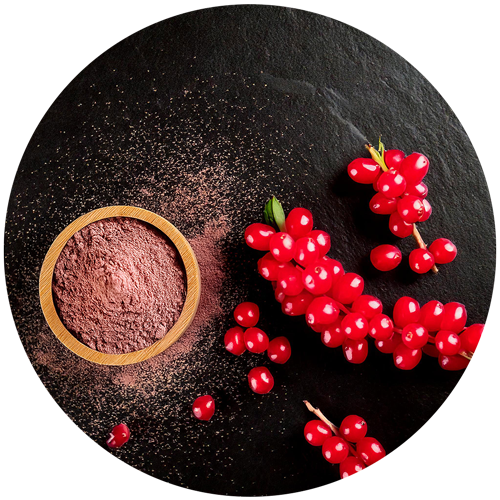China
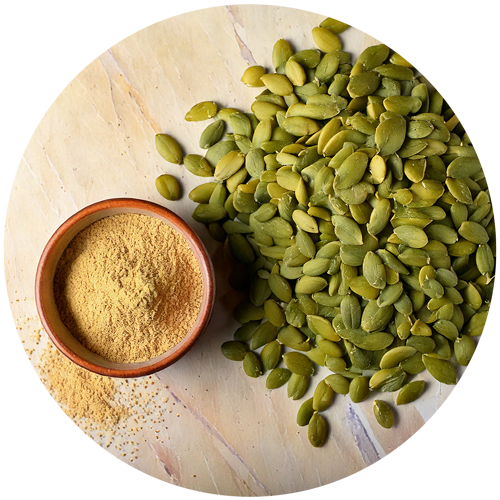

PUMPKIN
Cucurbita maxima Duchesne Cardiovascular system
Cardiovascular system Cucurbita maxima pumpkin seeds, rich in unsaturated fatty acids, tocopherols and phytosterols, support cellular protection, urinary comfort and contribute to cardiovascular well-being.
Regulations
and analysis
Identification: TLC
No data on traditional use
Association ideas by health benefice
Select one or more axes:
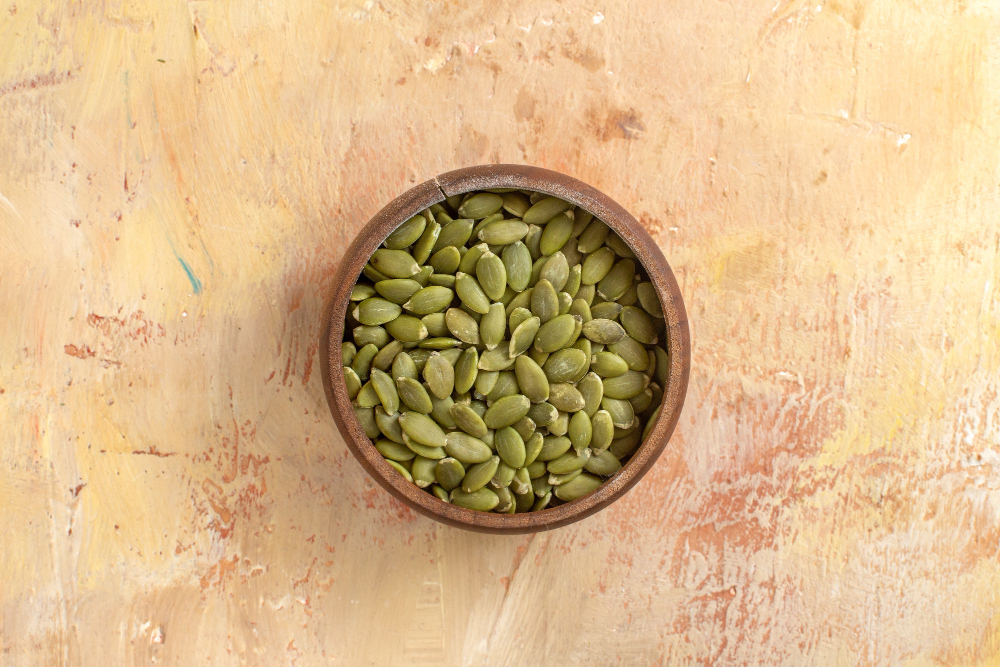
Detailed description
The pumpkin, Cucurbita maxima, an emblematic plant of the Cucurbitaceae family, is widely cultivated in temperate regions for its seeds, which are rich in essential nutrients and bioactive compounds. These seeds are recognized for their nutritional value and health benefits.
Cucurbita maxima seeds contain unsaturated fatty acids, in particular linoleic acid and oleic acid, as well as tocopherols (vitamin E), phytosterols and phenolic compounds such as chlorogenic acid and flavonoids. These components give them powerful antioxidant properties, helping to protect cells against oxidative stress and support a balanced metabolism.
Pumpkin seeds have traditionally been used for urinary comfort, particularly in men, thanks to their phytosterols, which help maintain normal prostate function. They also support the body’s natural lipid and sugar regulation mechanisms, contributing to optimal metabolic balance.
Modern studies highlight the properties of pumpkin seeds in the cardiometabolic sphere, which explains their potential role in supporting cardiovascular health and general well-being, reinforcing their interest for dietary supplement formulations.
